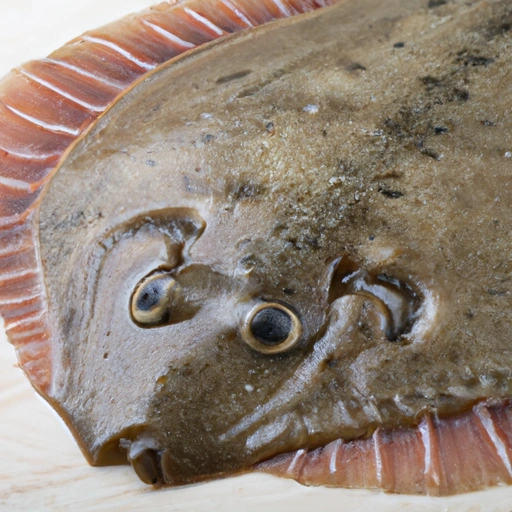Flounder
Description

Flounder is a type of flatfish known for its delicate texture and mild, sweet flavor, making it a popular choice for seafood enthusiasts around the world. This fine-textured fish can be found in oceans across the globe and is used in a myriad of culinary traditions, offering versatility to chefs and home cooks alike. Flounder adapts well to various cooking methods and seasonings, making it an excellent canvas for a range of flavors and techniques.
Common uses
Flounder is commonly used in a variety of dishes, ranging from simple pan-fried fillets to more complex preparations like stuffed and baked recipes. It is often found in seafood platters, chowders, and as the star ingredient in elegant, sauced entrees.
Nutritional value
Calories
Flounder is low in calories, with a 3-ounce (85g) serving containing approximately 70-100 calories.
Protein
This fish is an excellent source of high-quality protein, offering about 15-20 grams per 3-ounce (85g) serving.
Fat
Flounder contains a minimal amount of fat, with less than 2 grams per 3-ounce (85g) serving, most of which are healthy polyunsaturated fats, including omega-3 fatty acids.
Carbohydrates
Flounder is carbohydrate-free, making it suitable for low-carb and ketogenic diets.
Vitamins
It is a good source of various vitamins, particularly B-vitamins like B12 and niacin.
Minerals
Flounder offers a range of minerals such as phosphorus, magnesium, and potassium.
Health benefits
The lean protein and omega-3 content in flounder contribute to cardiovascular health, support muscle development, and play a role in maintaining healthy brain function. The B-vitamins found in flounder are essential for energy metabolism and maintaining healthy skin and nerves.
Potential risks
While flounder is considered safe for most people to eat, it can contain trace amounts of mercury and other contaminants, which may pose risks if consumed in large quantities, particularly for pregnant women and young children.
Common recipes
Flounder can be found in recipes such as flounder meunière, seafood paella, flounder sashimi, and baked stuffed flounder.
Cooking methods
Popular cooking methods for flounder include grilling, broiling, sautéing, poaching, and frying. The fish's delicate texture requires gentle handling and minimal cooking time.
Pairing with other ingredients
Flounder pairs well with light and zesty flavors like lemon, capers, and fresh herbs, as well as richer accompaniments like butter sauces and cream-based preparations.
Summary
Flounder is a delectable and adaptable seafood ingredient that has been enjoyed worldwide for centuries. With its mild flavor and fine texture, it serves as a perfect base for a multitude of dishes. Nutritionally, flounder is a low-calorie, high-protein food that fits well into health-conscious diets. While there are some considerations to keep in mind regarding contaminants, the benefits of incorporating this fish into your culinary repertoire are plentiful, making it a favored choice for many global cuisines.